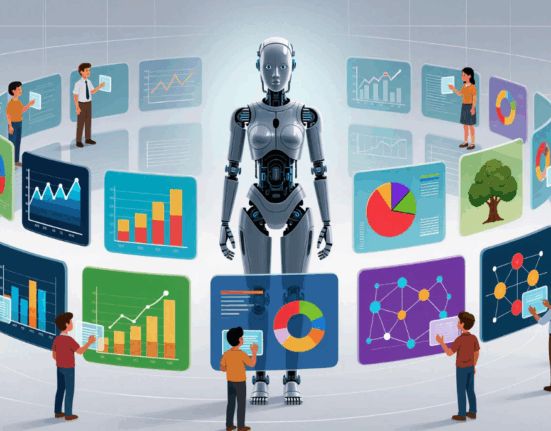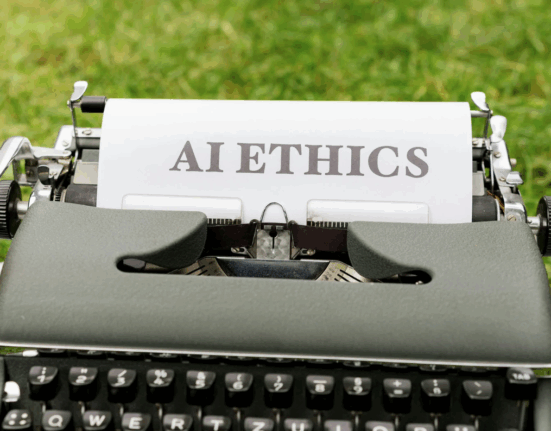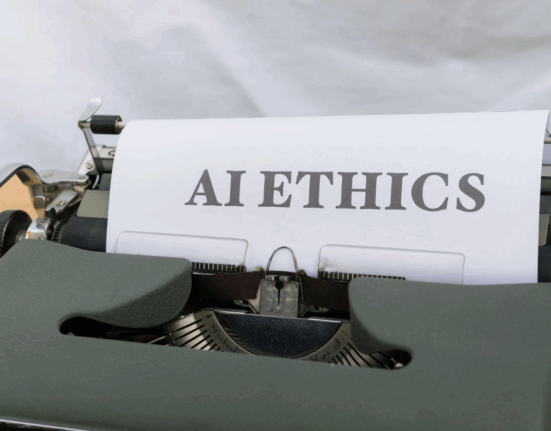Introduction: Why Algorithmic Bias Matters
Artificial intelligence is only as good as the data and design behind it. When bias enters the picture, AI systems can reinforce inequality instead of reducing it. Understanding the different types of algorithmic bias helps developers, businesses, and users recognize risks and build fairer technology.
What Is Algorithmic Bias?
Algorithmic bias occurs when an AI system produces unfair or skewed outcomes. It usually stems from biased data, flawed design, or unbalanced representation of groups in training sets.
The Main Types of Algorithmic Bias
1. Data Bias
When the training data doesn’t represent reality, AI predictions become unreliable.
Example: Healthcare AI trained mostly on male patients may misdiagnose women.
2. Sampling Bias
Occurs when datasets overrepresent or underrepresent specific groups.
Example: A hiring algorithm trained on limited demographics may exclude others.
3. Prejudice Bias
Bias introduced when cultural or societal stereotypes appear in data.
Example: Language models reflecting sexist or racist stereotypes.
4. Measurement Bias
Happens when the data collection process itself is flawed.
Example: Inaccurate sensors producing poor-quality data for analysis.
5. Algorithmic Design Bias
Arises from the way developers structure or optimize the algorithm.
Example: Credit scoring models prioritizing variables that disadvantage minorities.
6. Exclusion Bias
Occurs when important variables are left out of the dataset.
Example: Healthcare systems ignoring socioeconomic factors in treatment models.
7. Evaluation Bias
Bias introduced when testing models on datasets that don’t reflect real-world use.
Example: Facial recognition tested only on light-skinned subjects.
Consequences of Algorithmic Bias
- Discrimination in hiring or lending decisions.
- Healthcare inequities and misdiagnosis.
- Unfair policing through facial recognition.
- Loss of trust in AI systems.
How to Reduce Algorithmic Bias
1. Use Diverse Data
Collect datasets that reflect all groups fairly.
2. Regular Audits
Test models for hidden bias at every stage of deployment.
3. Transparency and Explainability
Explainable AI tools clarify how algorithms reach decisions.
4. Inclusive Development Teams
Diverse teams reduce blind spots in design and testing.
5. Regulatory Compliance
Follow ethical AI frameworks and laws for fairness.
Case Studies of Bias in Action
- A tech giant’s AI hiring tool downgraded female applicants.
- Healthcare systems underestimated risks for underrepresented populations.
- Facial recognition systems showed higher error rates for darker skin tones.
Future of Tackling Algorithmic Bias
- Ethical AI Standards: Global frameworks will demand fairness in design.
- Bias Detection Tools: Automated audits will flag risks early.
- Education and Training: Developers will need skills in responsible AI.
- AI Ethics Roles: Companies will hire experts to oversee bias prevention.
Conclusion: Recognizing Bias Is the First Step
The different types of algorithmic bias highlight why fairness in AI cannot be ignored. By understanding, detecting, and addressing bias, we can build systems that serve everyone equally.
FAQ
1. What are the main types of algorithmic bias?
Data, sampling, prejudice, measurement, design, exclusion, and evaluation bias.
2. Why does algorithmic bias occur?
It comes from flawed data, design errors, or underrepresentation.
3. How does bias impact society?
It can cause discrimination, healthcare gaps, and mistrust in AI.
4. How can algorithmic bias be reduced?
Through diverse data, audits, transparency, and inclusive teams.
5. What is the future of addressing bias in AI?
Global ethical standards, bias detection tools, and AI ethics experts.








